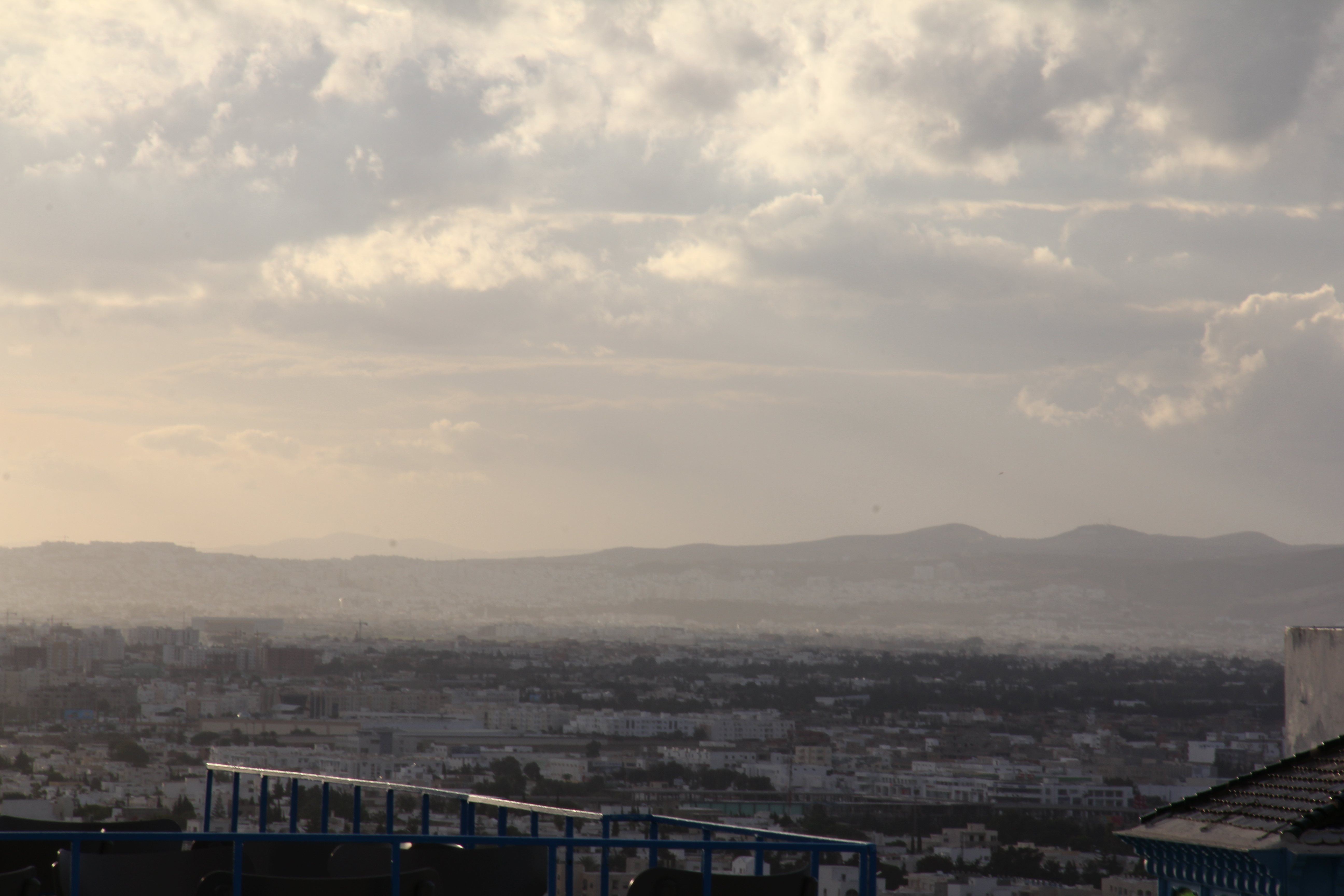
Uploaded on 2017-06-12 by rahma ben noomen
1) the temperature differences in US cities : The top 10 cities with the most intense urban heat islands over the past 10 years are: - Las Vegas (7.3°F) - Albuquerque (5.9°F - Denver (4.9°F) - Portland (4.8°F) - Louisville (4.8°F) - Washington, D.C. (4.7°F) - Kansas City (4.6°F) - Columbus (4.4°F) - Minneapolis (4.3°F) - Seattle (4.1°F) 2) The main UHI effects that you can identify in my area: Tunisia is a hot country where I’m residing is also experiencing a very intense temperature, mostly in the Summer from months of March and before the months of June when it started the Rainy season. Its less comforting to go outside because of the hot temperature so people will used mechanical ventilation more so it will required more energy consumption and emit more carbon dioxide into the atmosphere. People not drinking much fluids may ended having a heatstroke or dehydration. In construction sector, intense temperature may lead to less productive workers. 3)the measures I would propose : The most effective measures to combat heat island are plant more vegetation and add more water landscapes into the area. More Green Infrastructure more transpiration, it cools the microclimate by absorbing the water from their roots and releasing it from their leaves it reduced the temperature on the area. Paint the Building roof with light colored so the sunlight (shortwave radiation) will reflect back to the atmosphere or space (Albedo), because dark colored pavement or surface absorbs more heat energy ex. Concrete and asphalt and it radiates so it increase the air temperature in the area. Is UHI effect concerning policy making in your area?